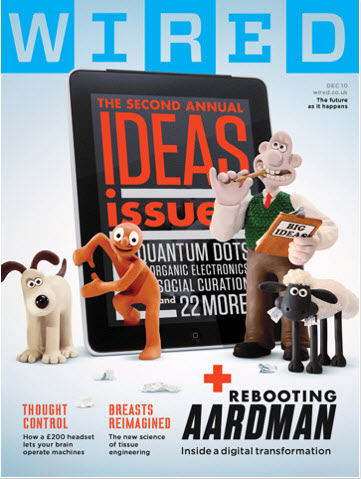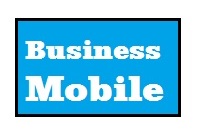 US publisher Condé Nast, which was the first magazine publisher to offer digital magazines (GQ, Vanity Fair, Wired and Glamour) on the iPhone and iPad, and released some key insights back in October, and we’re a bit late we know, but the advice is timeless so we’re happy to repeat it here.
US publisher Condé Nast, which was the first magazine publisher to offer digital magazines (GQ, Vanity Fair, Wired and Glamour) on the iPhone and iPad, and released some key insights back in October, and we’re a bit late we know, but the advice is timeless so we’re happy to repeat it here.
The insights are based on over 100 hours of one-on-one interviews and more than 5,000 in-app surveys, and probably represents the best research we’ve seen on the iPad and iPhone app market.
App advertising best practice:
Condé Nast recommends five best practice guidelines for creating advertising that will engage and resonate with the iPad user:
1. Take advantage of this new medium’s functionality: Users responded positively to the additional functionality of the iPad. Therefore advertisers that included compelling and unique experiences, that were self contained and exclusive to the environment, were liked more than those that did not. Increased opportunities for engagement including video, photo galleries and links to websites are recommended.
2. Provide clear instructions on how to engage with your app: As many surveyed were not familiar with iPad navigation, ads that included clear calls to action and cues on how to engage the creative were more effective. Icons should be clearly visible and intuitive and state whether more content or additional functionality can be found. [We’re seeing too many examples of inconsistent and counter-intuitive user navigation on the iPad, because applications are created by so many different designers, each with their own perspective on “how things should be done”. There’s a clear and pressing need for industry standards in such matters.]
3. Supply additional information but avoid repurposing creative assets used for other media: Users enjoyed advertisements that provided something new and useful. Including detailed product info and how-to’s are recommended; however re-purposing video or creative used for other mediums is not regarded as a wise move.
4. Tell a story: The most remembered ads contained narratives. The iPad’s ability to showcase various forms of media offers a unique opportunity for telling a brand’s story. However, it was discovered that users became bored when the same advertisement was used repeatedly throughout a single application.
5. Lead them down the purchase funnel: Brands that enabled a user to directly access and purchase the featured product fared better than companies who offered homepage links alone. But do remember, because of compatibility issues, not to use Flash (at least not on the sections of your website that iPad users are likely to explore).
Advertising created for the iPad isn’t just web advertising on a larger canvas; nor is it print advertising with links. It’s a new form – and we’ve still got some serious learning to do before we’re ready for prime time.
According to Scott McDonald of Condé Nast, the company was surprised to find that many iPad users surveyed were not the typical tech “early adopter” or familiar with Apple products and their navigation conventions, which has very important implications for application interface design, both for editorial content and for advertisements. iPad content creators should provide clear navigation instructions and icons (and not rely on users to guess how to find their way around).
[ad name=”Google Text half banner advert “]
1 comment for “iPad and iPhone best practice from Condé Nast”